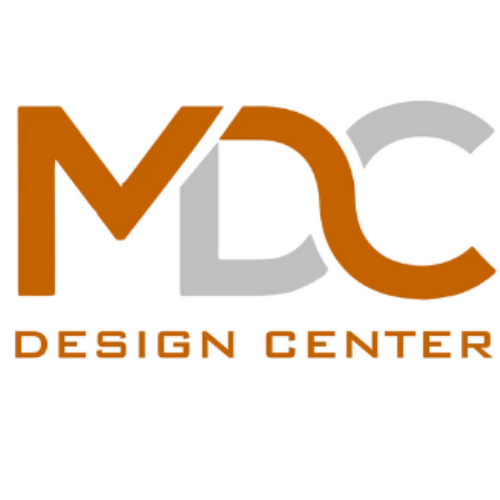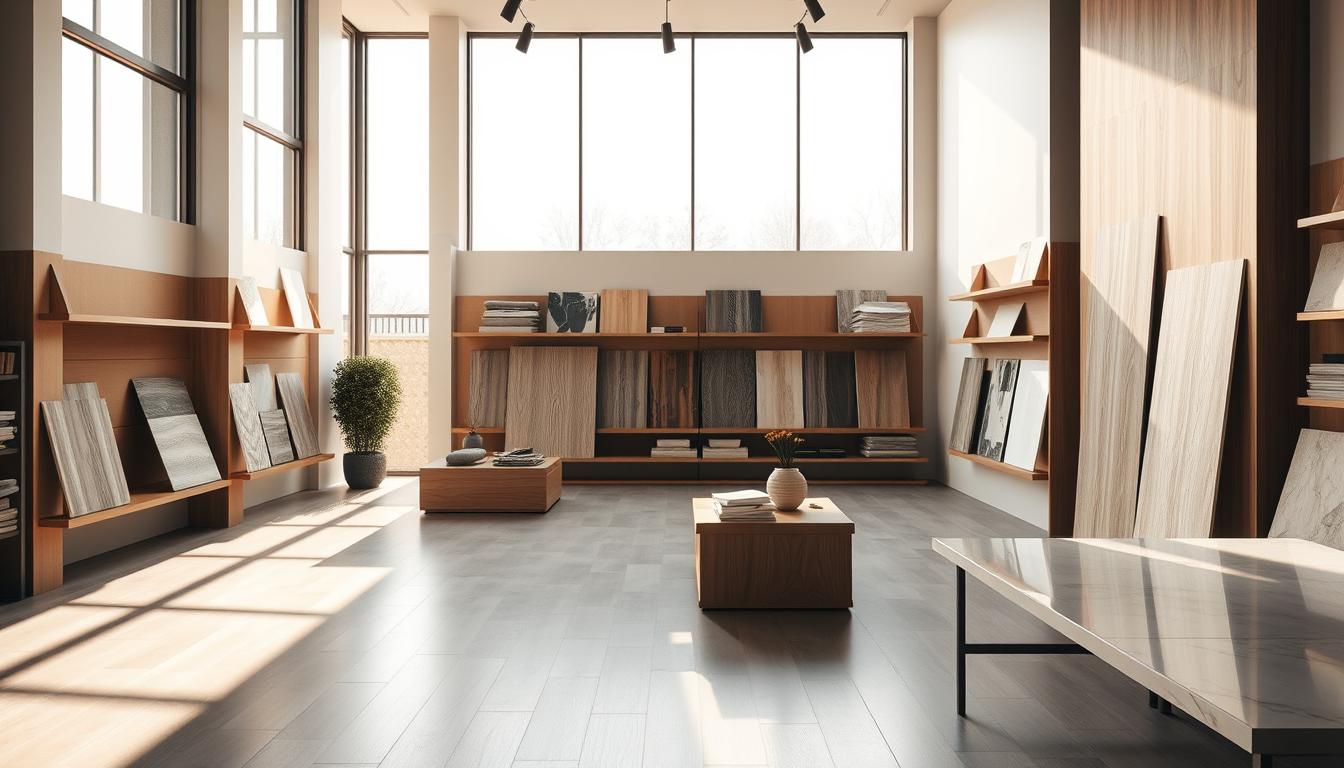Did you know 73% of interior designers report clients now prioritize longevity over bold statements when selecting materials for their homes? The shift from 2024’s vibrant patterns to understated elegance is reshaping how Americans approach renovations. Designers like Adam Vester of Mohawk highlight a growing demand for “materials that feel lived-in yet sophisticated”—a balance between character and practicality.
Homeowners are gravitating toward options that age gracefully, blending warmth with durability. Natural textures, muted tones, and handcrafted details dominate conversations about modern interiors. This isn’t just about aesthetics—it’s a reflection of our desire to create spaces that adapt to life’s changes without losing their charm. That’s why flooring trends are increasingly focusing on materials that offer both beauty and longevity.
We’ve analyzed insights from leading experts to uncover what’s driving these changes. From sustainable choices to innovative finishes, the focus is on solutions that serve households for years to come. Let’s dive into the designs redefining comfort and style in 2025.
Key Takeaways
- Design preferences are shifting toward versatile, enduring styles over bold patterns
- Natural textures and warm tones dominate 2025’s aesthetic priorities
- Durability and adaptability are now as important as visual appeal
- Industry experts emphasize craftsmanship and timeless materials
- Homeowners increasingly seek options that blend functionality with elegance
Contents
- 1 Introduction: Setting the Scene for 2025 Flooring Trends
- 2 Unveiling Our Top Flooring Trends for 2025
- 3 Natural Stone and Tile: Timeless Elegance in Design
- 4 Wood Look Wonders: Embracing Warmth and Character
- 5 Sustainable and Eco-Friendly Flooring Selections
- 6 Innovative Laminate Flooring Trends for Every Home
- 7 FAQ
Introduction: Setting the Scene for 2025 Flooring Trends
Remember when homes were filled with cold, uniform surfaces? Those days are gone. Today’s designs celebrate materials that tell stories while standing up to spills, pets, and playdates. We’re seeing a harmony of old and new—classic patterns reimagined with modern durability.
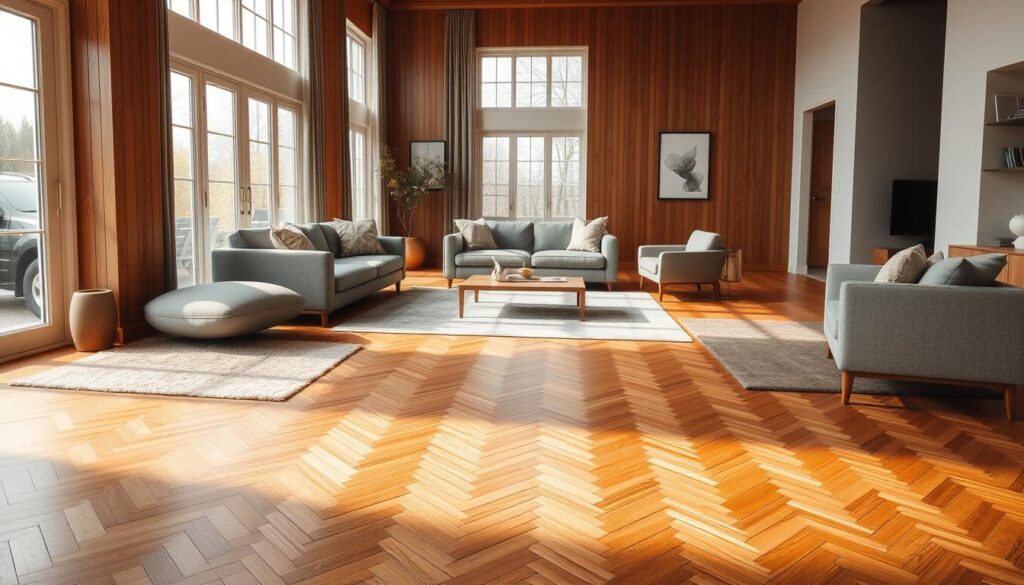
The Evolution of Home Flooring Designs
Over the last decade, choices have shifted dramatically. What started as a love affair with pristine hardwoods has blossomed into a quest for versatile surfaces. Checkerboard tiles now come in scratch-resistant porcelain, while cork floors bring nature indoors without sacrificing comfort underfoot.
Manufacturers are answering the call for “quiet luxury”—materials that look expensive but work hard. Wide-plank vinyl mimicking reclaimed barnwood? Yes, please. These innovations let homeowners enjoy beauty without constant upkeep.
Why 2025 Is a Pivotal Year for Our Floors
This year changes everything. Busy families want surfaces that handle soccer cleats and spilled juice while looking Instagram-ready. The flooring market now offers stone-look tiles with grippy textures and sustainable wood alternatives that withstand decades of use.
As one designer told us: “People aren’t choosing floors—they’re choosing lifestyle partners.” From pet-friendly finishes to allergy-reducing options, 2025’s selections prove practicality and style aren’t mutually exclusive.
Unveiling Our Top Flooring Trends for 2025
Modern homes demand surfaces that work as hard as they look good. We’ve discovered a fascinating shift: 68% of renovation budgets now prioritize multi-functional materials over purely decorative ones. This balance between style and practicality defines 2025’s most sought-after selections.
What’s Driving the Latest Trends
Today’s homeowners want spaces that evolve with their lives. As Hannah Nelson from Mohawk explains: “Quality and easy maintenance aren’t bonuses anymore—they’re essentials.” Three key factors shape current preferences:
- Materials that resist scratches, stains, and wear
- Options blending natural textures with modern tech
- Designs maintaining beauty through decades of use
Families increasingly choose surfaces accommodating pets, kids, and frequent gatherings. Recent innovations include stain-hiding grain patterns and scratch-resistant finishes that mimic raw wood. These solutions prove you don’t need to sacrifice elegance for endurance.
Manufacturers now focus on creating options serving multiple roles. A kitchen floor might cushion tired feet while resisting dropped pans. Bedroom surfaces could reduce allergens while adding visual warmth. This dual-purpose approach redefines what materials can achieve.
“People aren’t choosing floors—they’re choosing lifestyle partners.”
Next, we’ll explore how natural stone and reinvented classics meet these evolving needs. From large-format flagstone to sustainable wood alternatives, 2025 offers solutions merging timeless appeal with tomorrow’s demands.
Natural Stone and Tile: Timeless Elegance in Design
2025 brings a renaissance of classic materials reimagined for contemporary living. We’re seeing homeowners rediscover the quiet confidence of surfaces that whisper history while delivering modern performance. These selections prove enduring beauty and practicality can coexist beautifully.
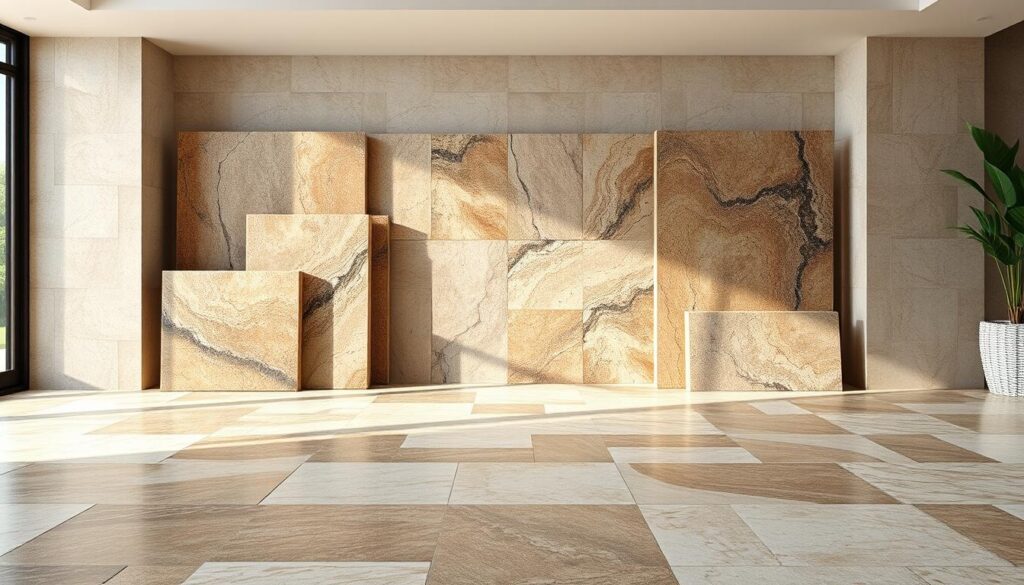
Large Format Flagstone and Checkerboard Revival
Oversized tiles dominate this year’s projects, with flagstone-inspired formats leading the charge. Their expansive surfaces minimize grout lines, creating seamless expanses that trick the eye into seeing more space. Fixed widths (500mm or 600mm) paired with random lengths up to 1000mm create organic layouts reminiscent of ancient estates.
The checkerboard pattern returns with fresh sophistication. Black-and-white marble configurations add drama to entryways, while ceramic versions offer family-friendly durability. As one stonemason noted: “These designs bridge centuries—they’re heirlooms you can actually live on.”
Textured Finishes and Durable Natural Materials
Rippled surfaces and honed edges now rival polished finishes in popularity. Textured natural stone provides slip resistance in wet areas while adding rustic character. Homeowners love how these tactile surfaces hide everyday wear while catching light in captivating ways.
Durability remains paramount. Centuries-old quarries still supply stones that withstand generations of foot traffic. Modern sealing techniques enhance their stain resistance, making these materials viable for busy kitchens and mudrooms. It’s not just about looks—it’s about choosing surfaces that evolve gracefully with your life.
Wood Look Wonders: Embracing Warmth and Character
Sunlight streaming through windows dances across surfaces rich with honeyed tones and tactile textures. This year’s selections celebrate materials that age like fine wine, blending organic charm with modern resilience. Joyce Van Waeleghem from Mohawk puts it simply: “Cool grays had their moment—now we’re welcoming back nature’s golden hour.”
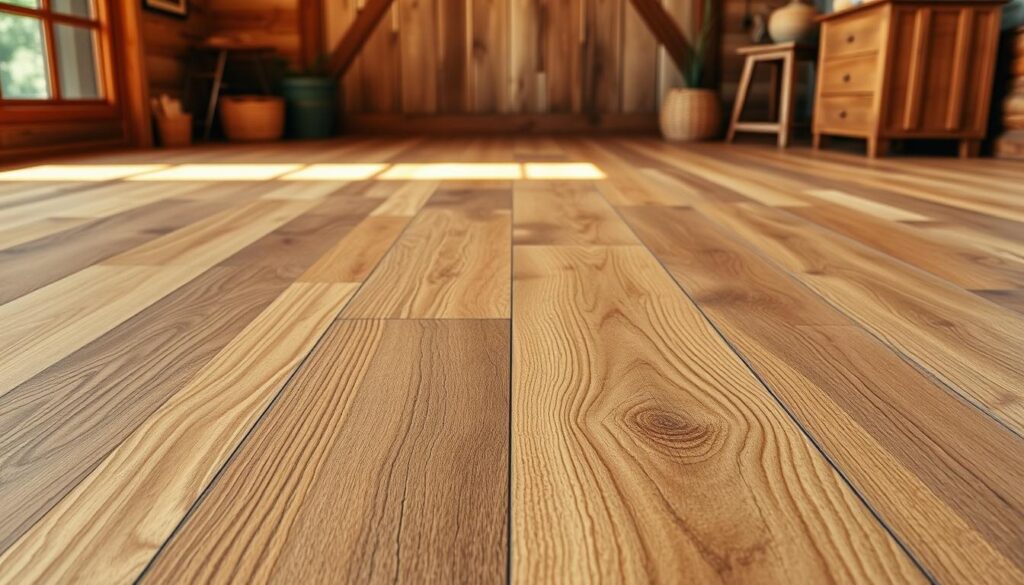
Golden Hour Woods and Longer Plank Allure
Honey, chestnut, and caramel tones dominate 2025’s palette. These sun-kissed hues create rooms that feel lived-in yet polished. Adam Vester notes extended plank lengths (up to 84 inches) now enhance spatial flow: “Longer boards trick the eye into seeing expansive, uninterrupted spaces.”
Manufacturers achieve this warmth through innovative staining techniques. Lighter finishes showcase natural grain variations, while wire-brushed textures add depth. Even wood look alternatives now replicate rare species like quarter-sawn oak with startling accuracy.
Parquet, Herringbone, and Chevrons for a Classic Touch
Geometric patterns return with renewed vigor. Brett Miller from NWFA explains: “These designs add rhythm to rooms without overwhelming them.” Modern parquet uses wider blocks for cleaner lines, while chevron layouts employ varied stain depths for dimension.
Homeowners love how these arrangements disguise wear in high-traffic zones. Engineered options offer authentic wood looks with click-lock installation—perfect for DIY enthusiasts wanting timeless appeal without professional costs.
Sustainable and Eco-Friendly Flooring Selections
What if your floors could tell a story of environmental stewardship? Across U.S. homes, surfaces now reflect values as much as style. Elizabeth Ego of Agape Design Group shares: “Clients want craftsmanship with conscience—materials that honor both heritage and Earth.” This shift toward mindful luxury reshapes how we define enduring beauty in living spaces.
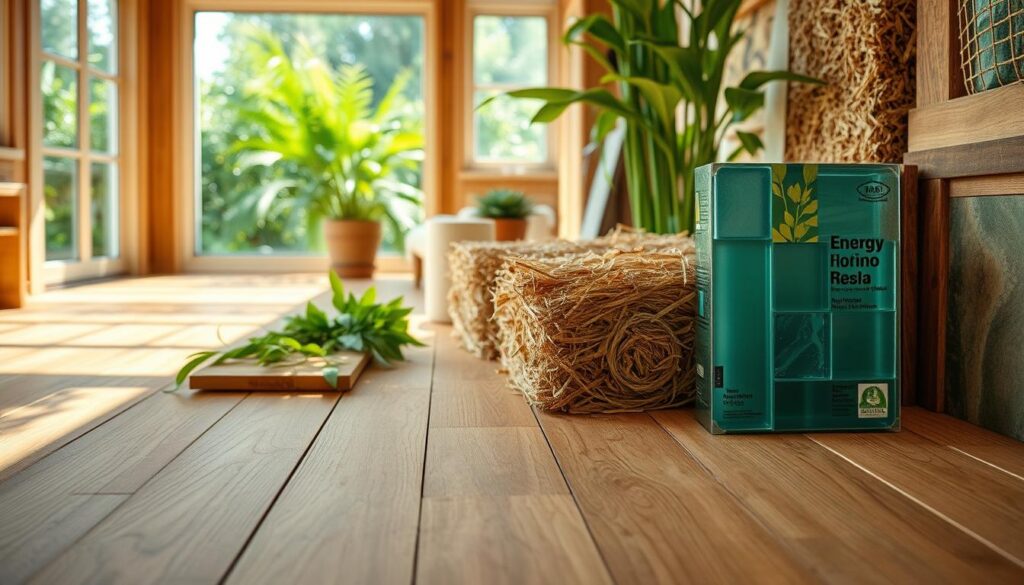
Reclaimed Wood and Naturally Sourced Materials
Salvaged barn beams and FSC-certified oak lead this movement. These options preserve forests while adding rich character—think weathered knots and mineral streaks that new wood can’t replicate. Natural stone remains a cornerstone, with quarries adopting low-impact extraction methods. We’re seeing:
- Cork harvested without harming trees
- Recycled glass tiles mimicking riverbed stones
- Linseed oil finishes replacing toxic sealants
Biophilic Design to Connect Your Home with Nature
Spaces now breathe with organic textures. Rough-hewn stone accents meet undulating wood grains that mirror forest floors. Ego notes: “Biophilic elements reduce stress while anchoring rooms in authenticity.” Homeowners pair these materials with living walls and sunlight-mimicking LEDs, creating environments that nurture both people and planet.
These choices aren’t just for today—they’re designed to stand the test of time. From rapidly renewable bamboo to carbon-neutral ceramics, 2025’s selections prove responsibility and refinement coexist beautifully. As Ego reminds us: “True luxury leaves gentle footprints.”
Innovative Laminate Flooring Trends for Every Home
Imagine surfaces that combine vintage charm with space-age durability. Today’s laminates shatter expectations, offering authentic wood and stone looks that even experts struggle to distinguish from natural materials. Adam Vester from Mohawk shares: “We’re engineering layers of realism—textured grains you can feel, color variations that mimic nature’s imperfections.”
Modern options balance beauty with practicality. Waterproof cores handle spills effortlessly, while scratch-resistant finishes withstand active households. We love how these surfaces maintain their character through years of use, aging gracefully like well-loved leather.
Installation breakthroughs make upgrades simpler than ever. Click-lock systems allow DIY-friendly projects, with planks fitting snugly over existing subfloors. Bold patterns like wide-plank chevrons add visual interest without overwhelming rooms.
Eco-conscious choices shine here too. Brands now use recycled content in durable wear layers, pairing sustainability with lasting performance. From rustic farmhouse styles to sleek urban finishes, these designs prove adaptable materials can elevate any space while standing up to real life.
FAQ
Are natural stone and tile still practical for busy households?
Absolutely! Advances in textured finishes and sealing technologies make these materials more durable than ever. Large-format flagstone or checkerboard layouts reduce grout lines, simplifying cleaning while keeping that timeless charm.
How can I incorporate biophilic design into my floors?
Start with reclaimed wood or naturally sourced stone to bring organic textures indoors. Pair these with earthy tones or patterns like chevron to mimic natural movement. It’s all about creating a seamless link between your space and the outdoors.
What’s driving the shift toward longer planks and golden-hour wood tones?
Longer planks create a sense of flow in open-concept spaces, while golden-hour hues (think honey oak or warm walnut) add cozy, inviting vibes. These choices balance modern minimalism with a touch of rustic character.
Can laminate flooring truly replicate the look of natural materials?
Today’s laminates are incredibly realistic! High-definition printing and embossed textures mimic everything from weathered hardwood to natural stone veining. Plus, they’re budget-friendly and low-maintenance—perfect for active homes.
Is parquet or herringbone too bold for smaller rooms?
Not at all! These patterns can actually make compact spaces feel dynamic. Opt for lighter wood looks or smaller-scale designs to avoid overwhelming the room. They add visual interest without sacrificing proportion.
How do I choose between matte and glossy finishes?
Matte finishes hide scratches and footprints better, ideal for high-traffic areas. Glossy surfaces reflect light, making rooms feel brighter—great for formal spaces. Many textured options now offer a subtle sheen that splits the difference.
